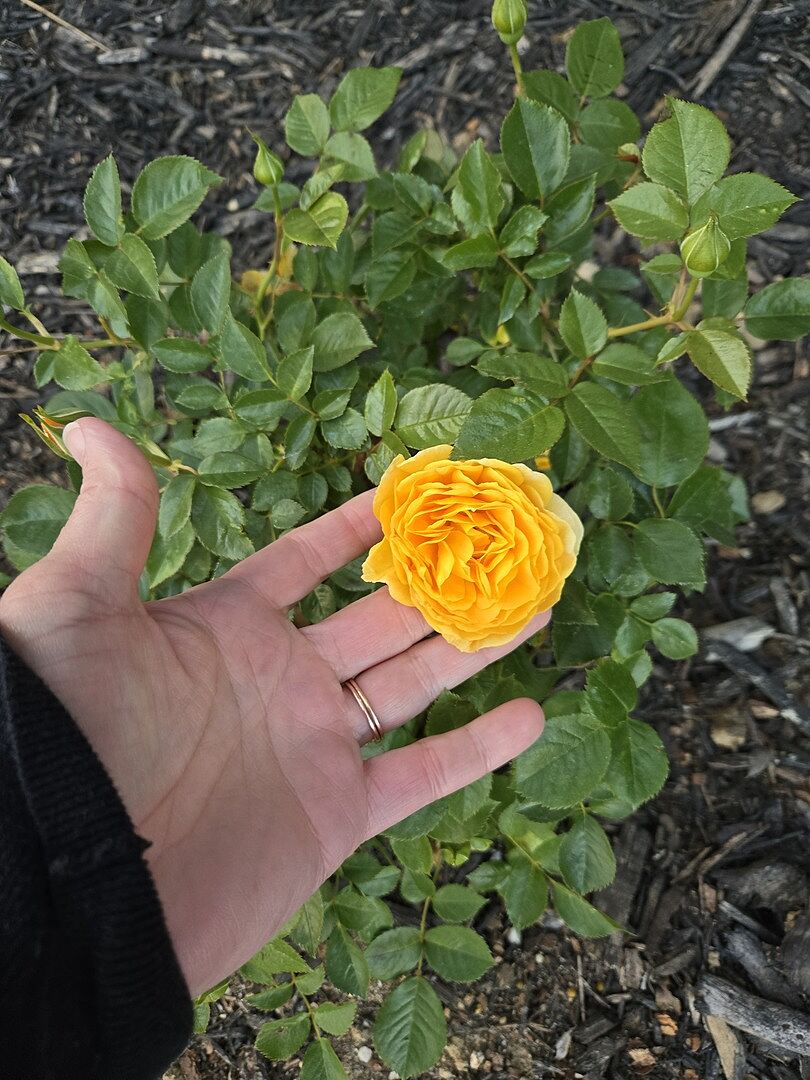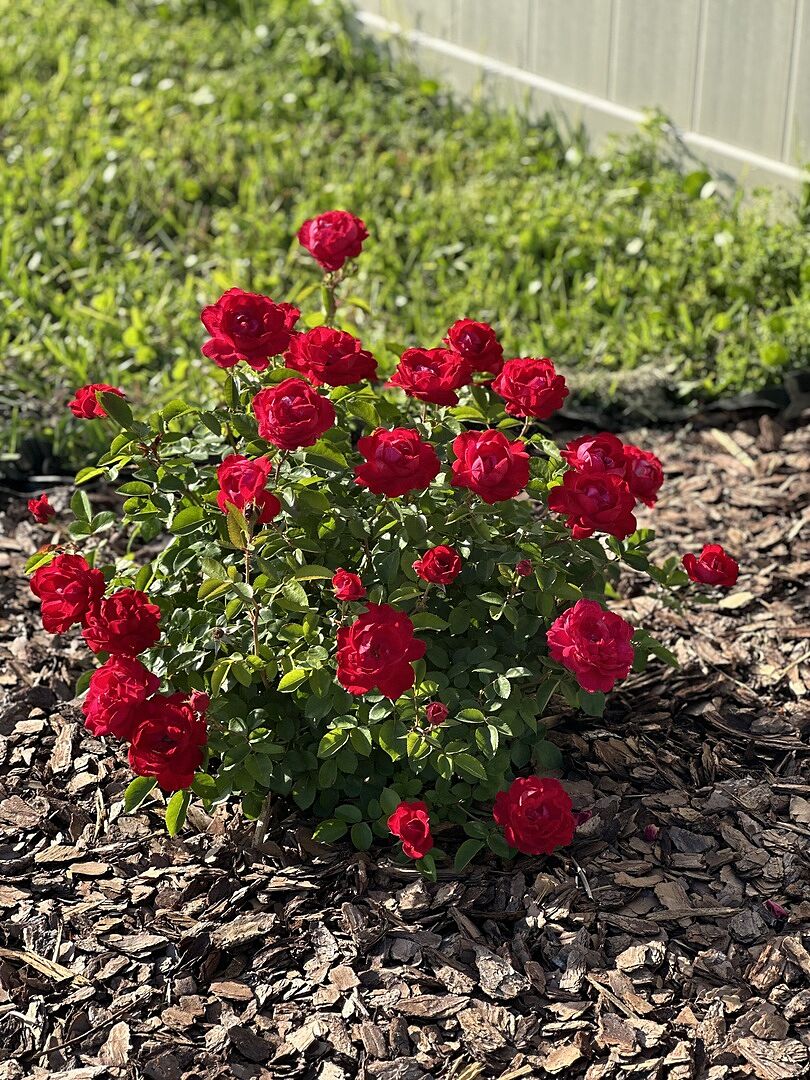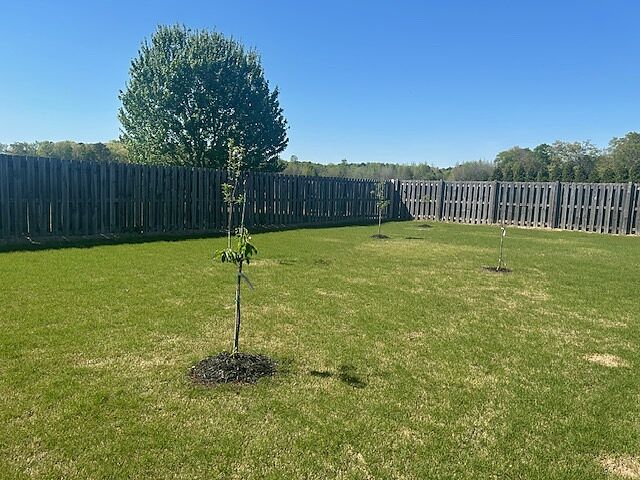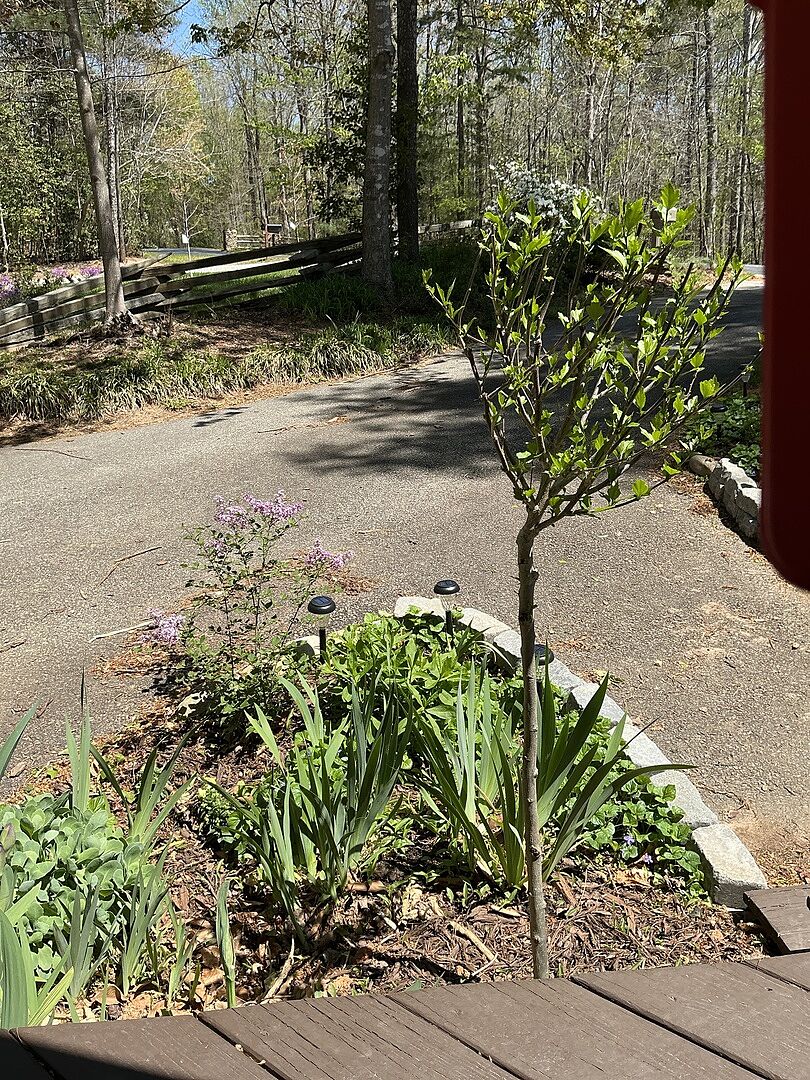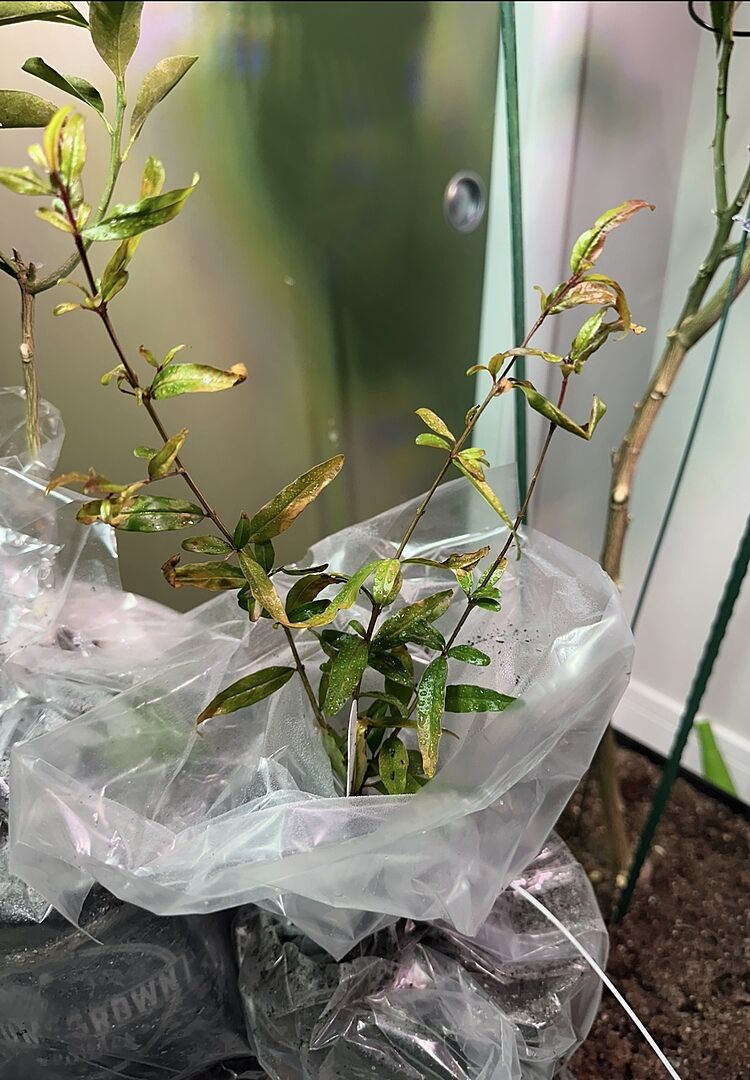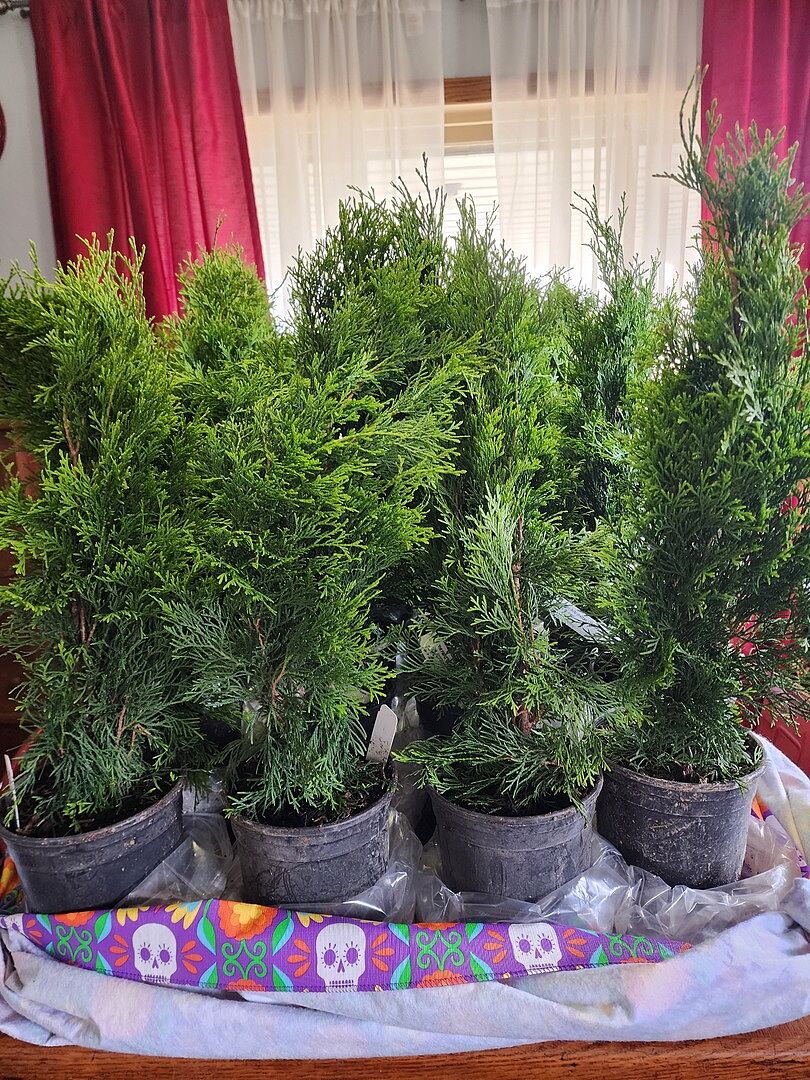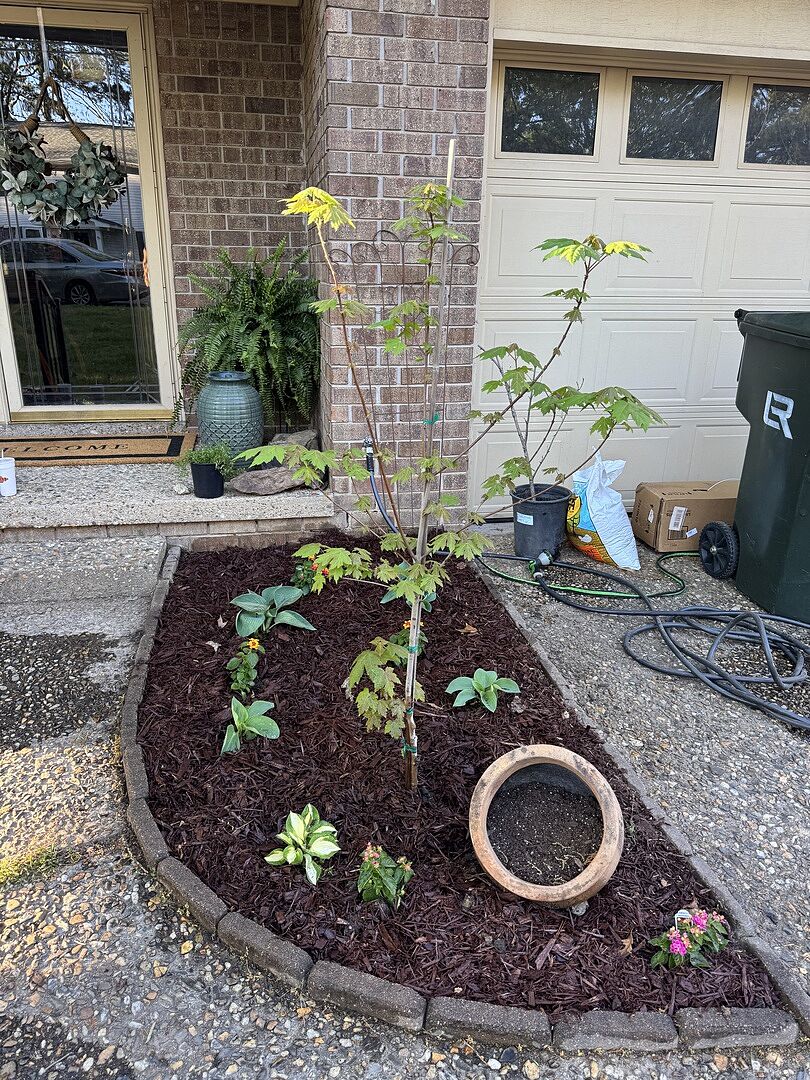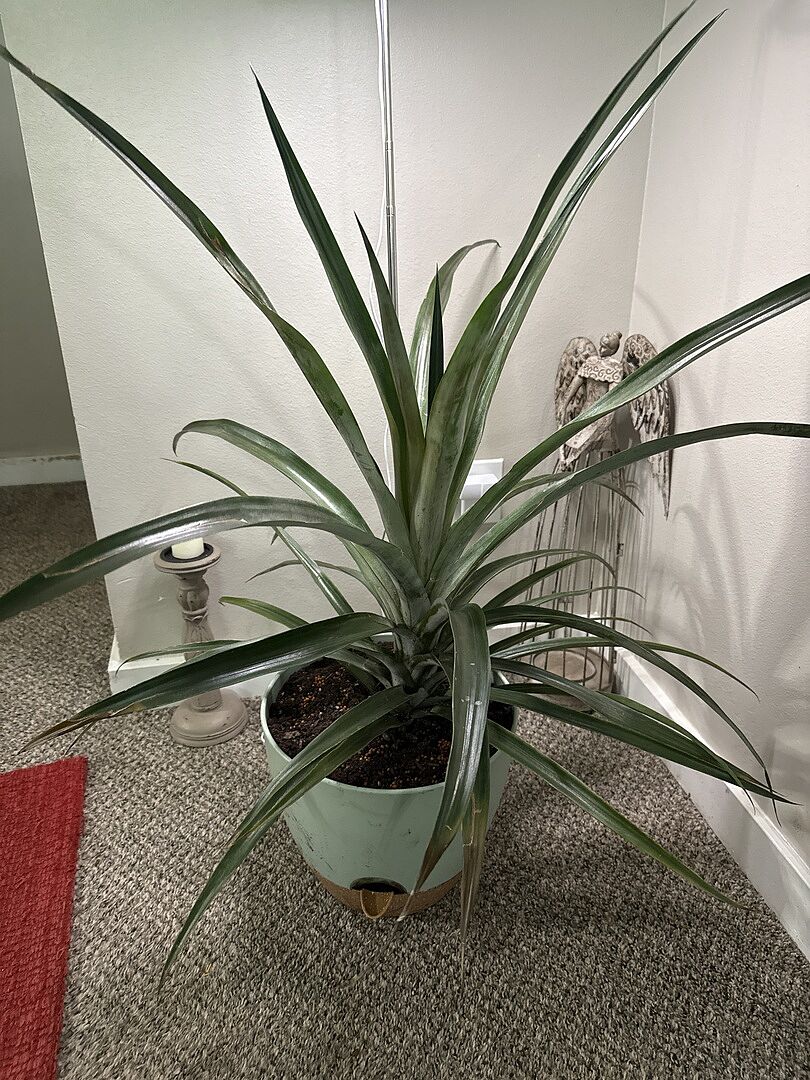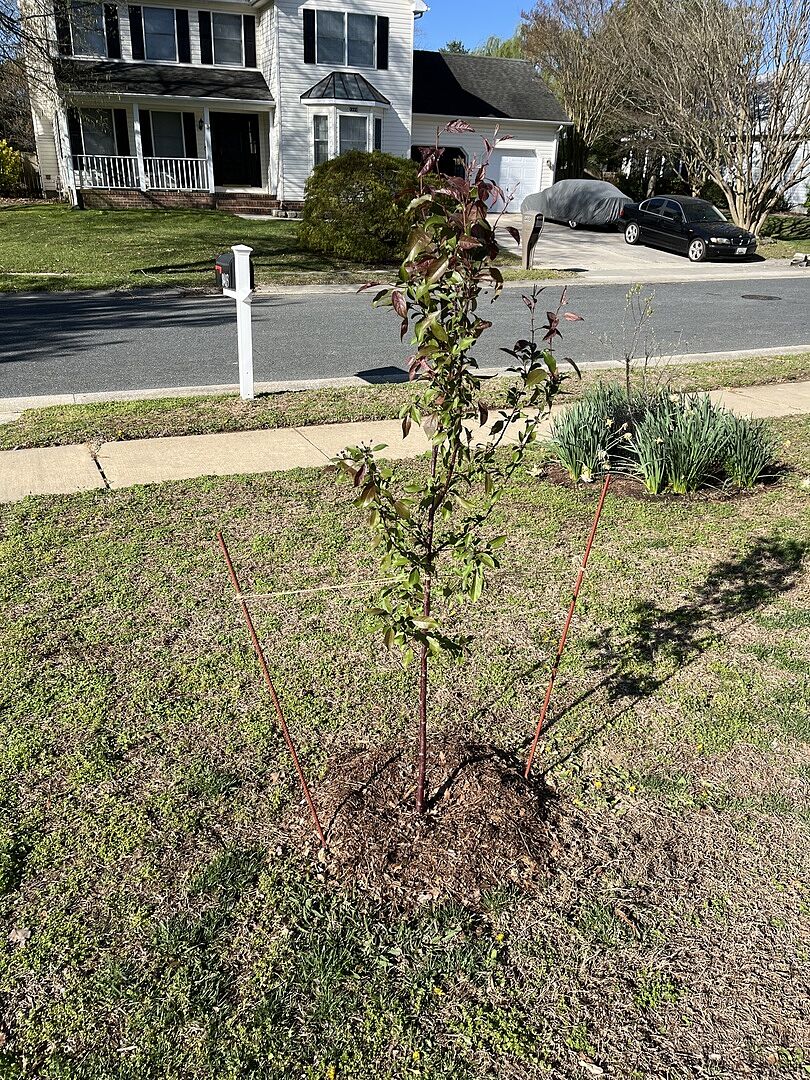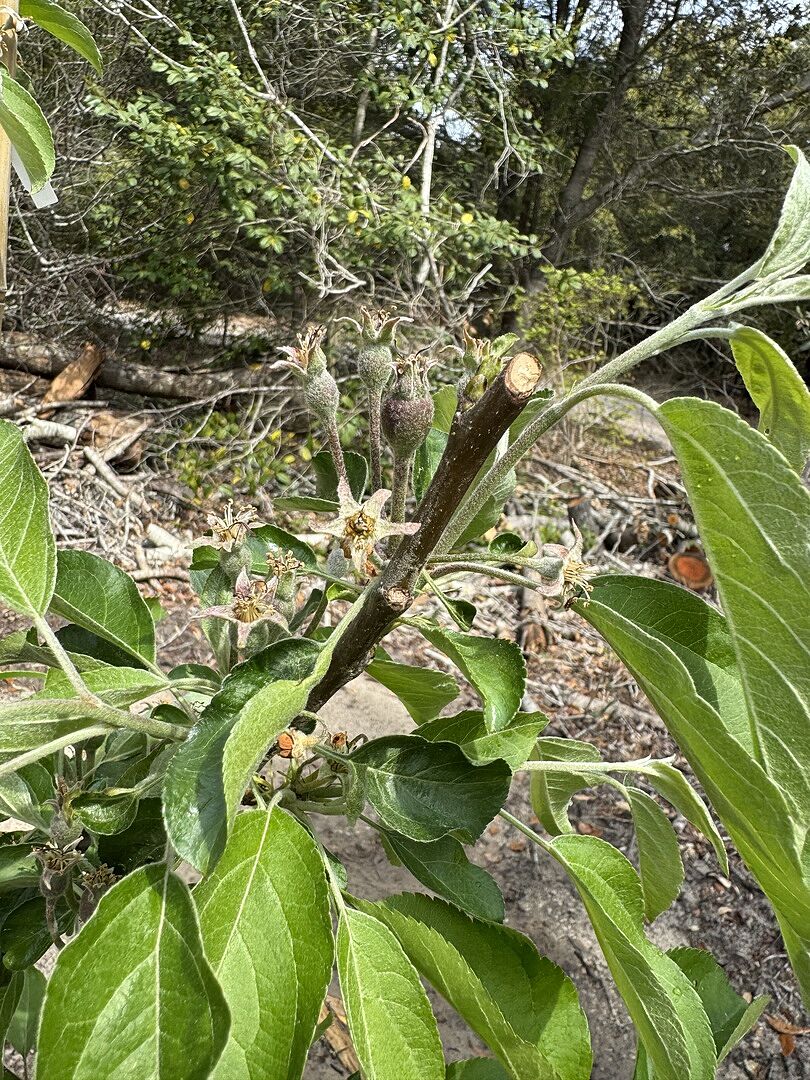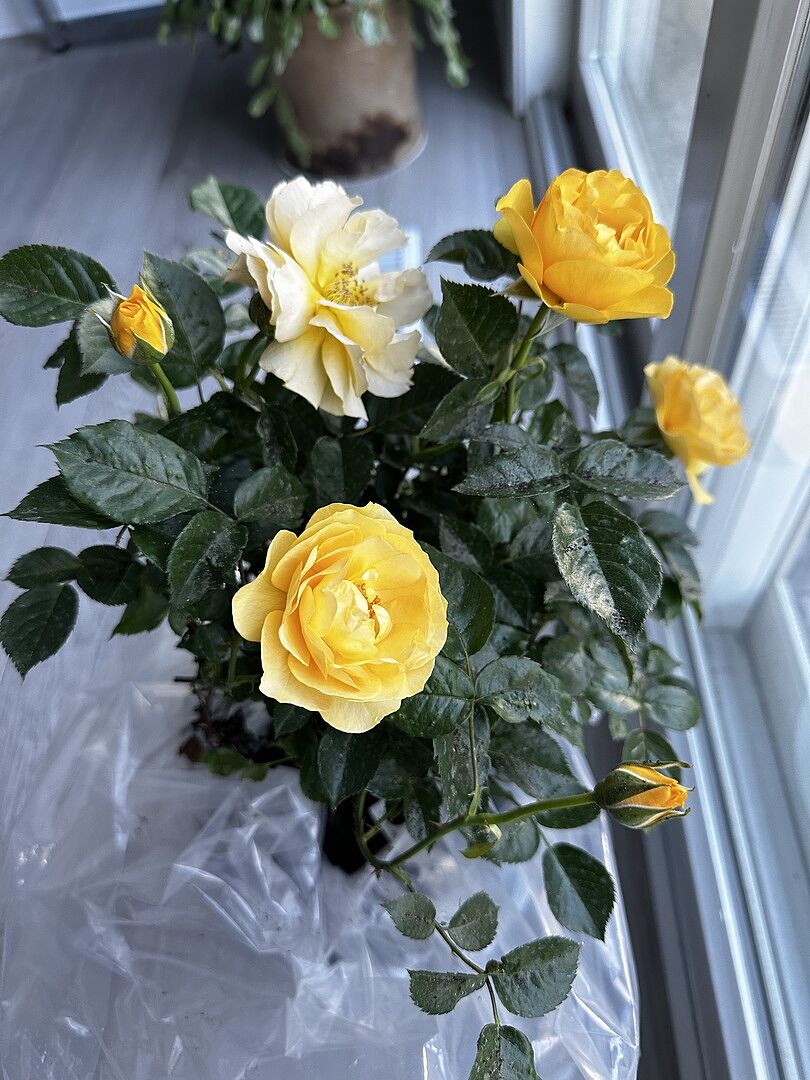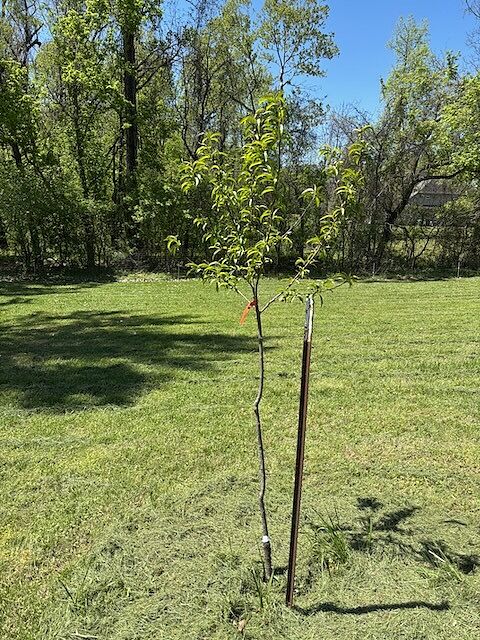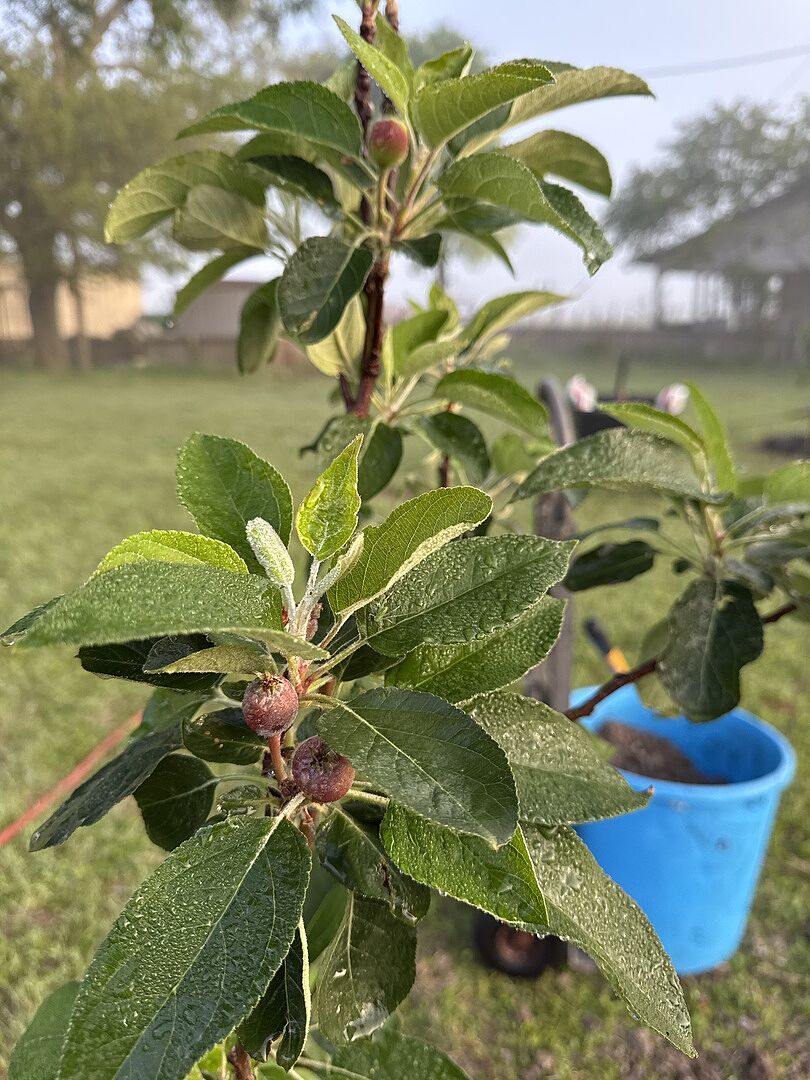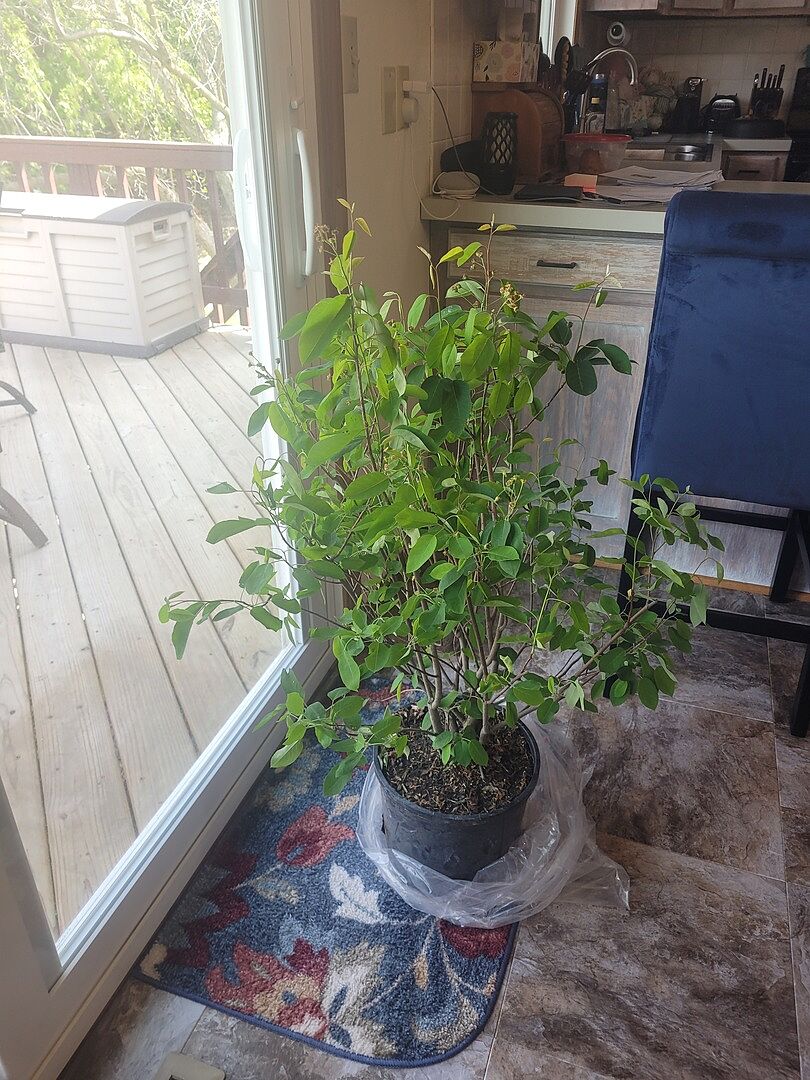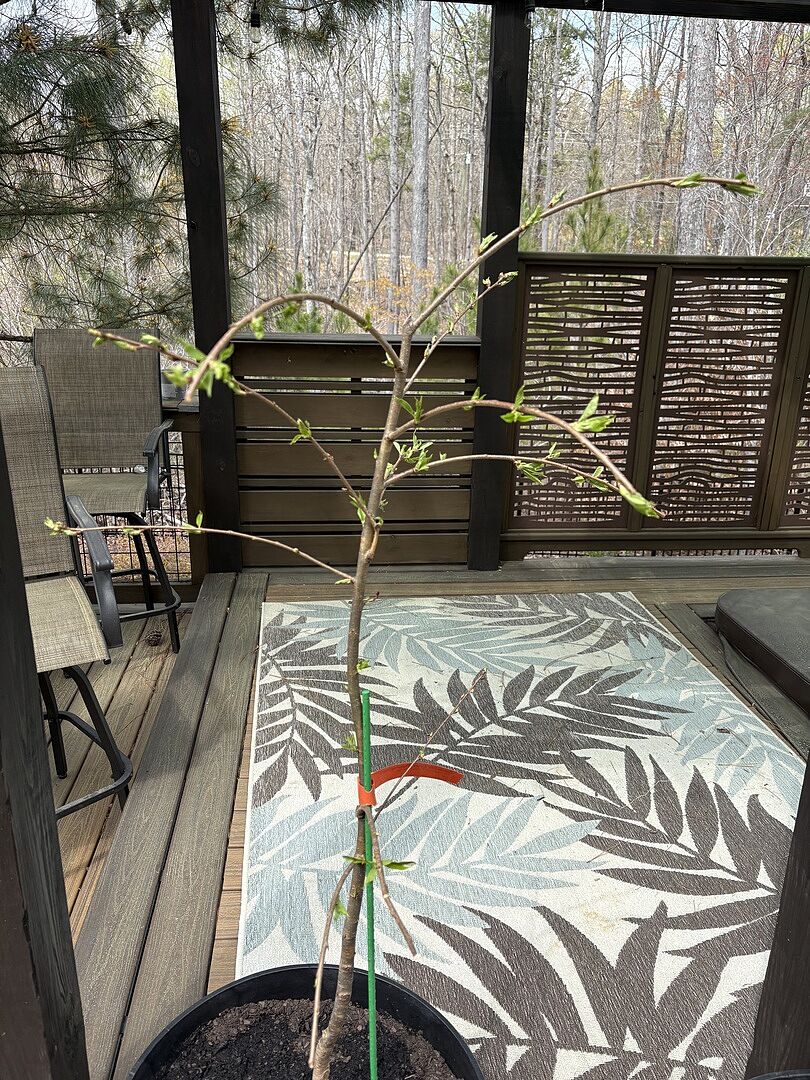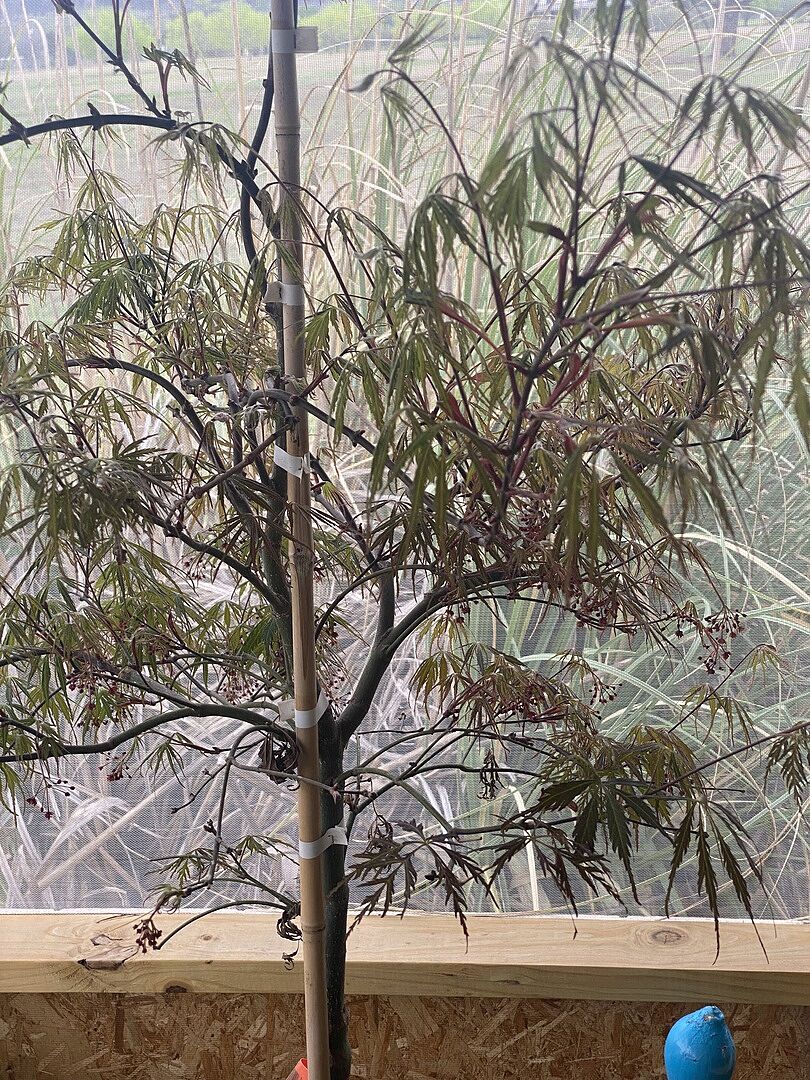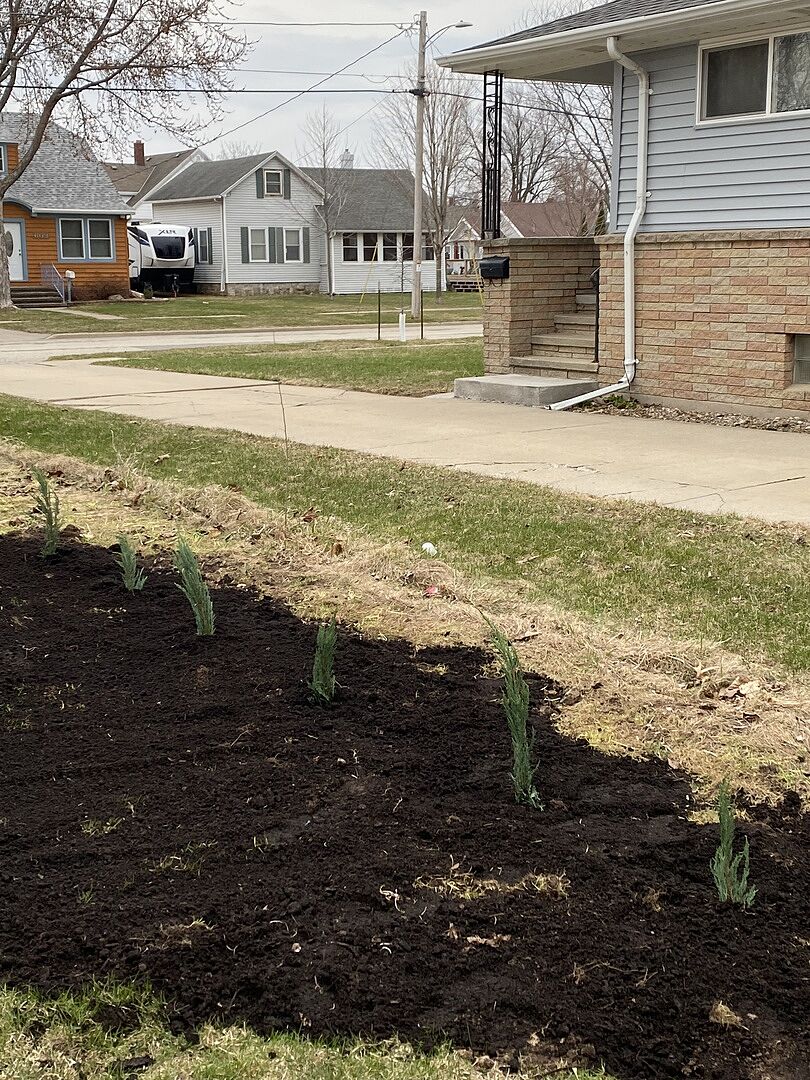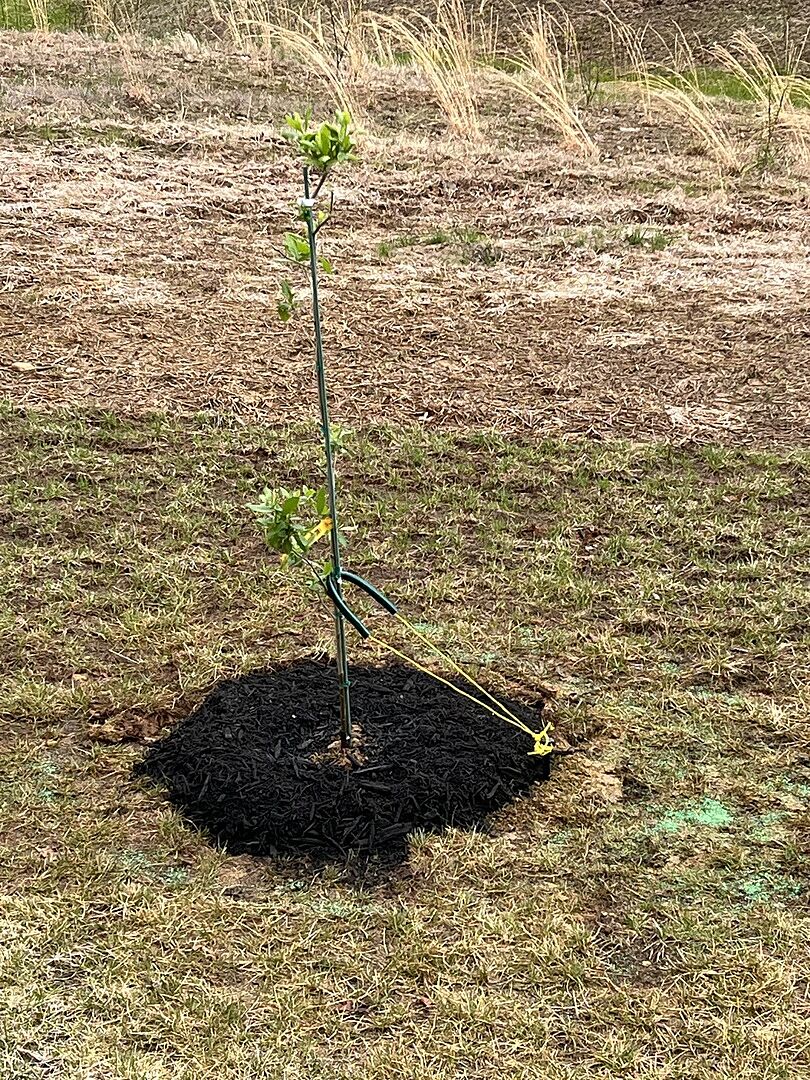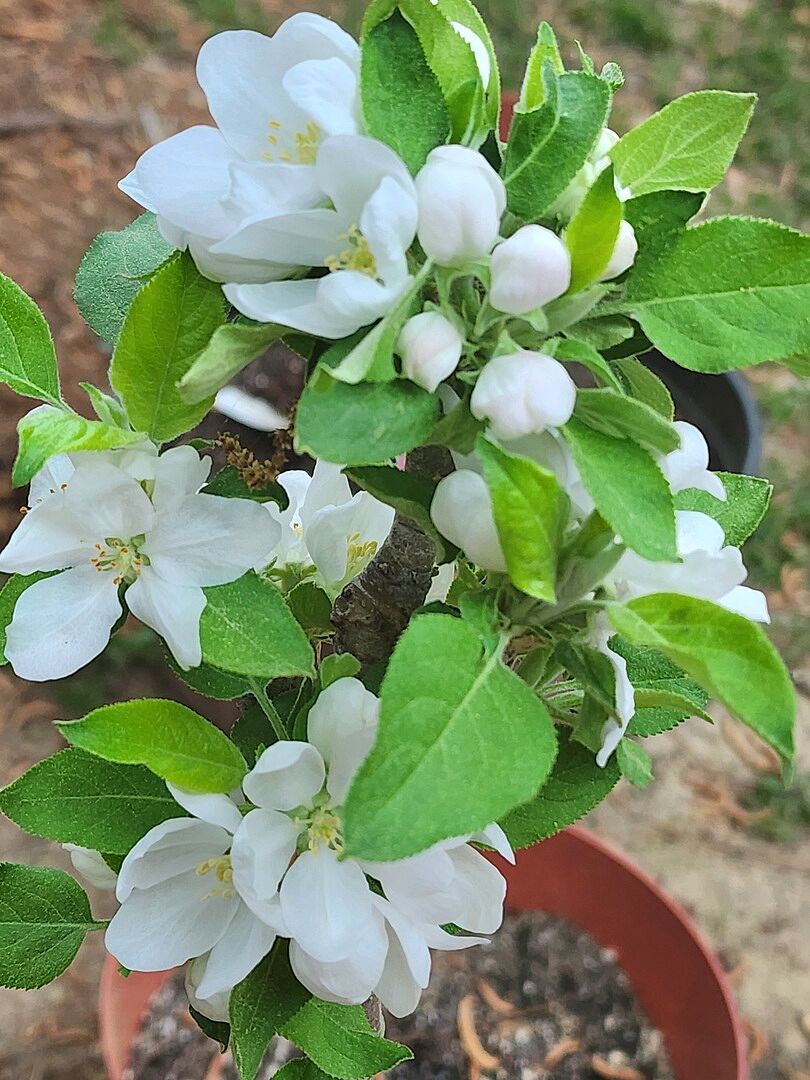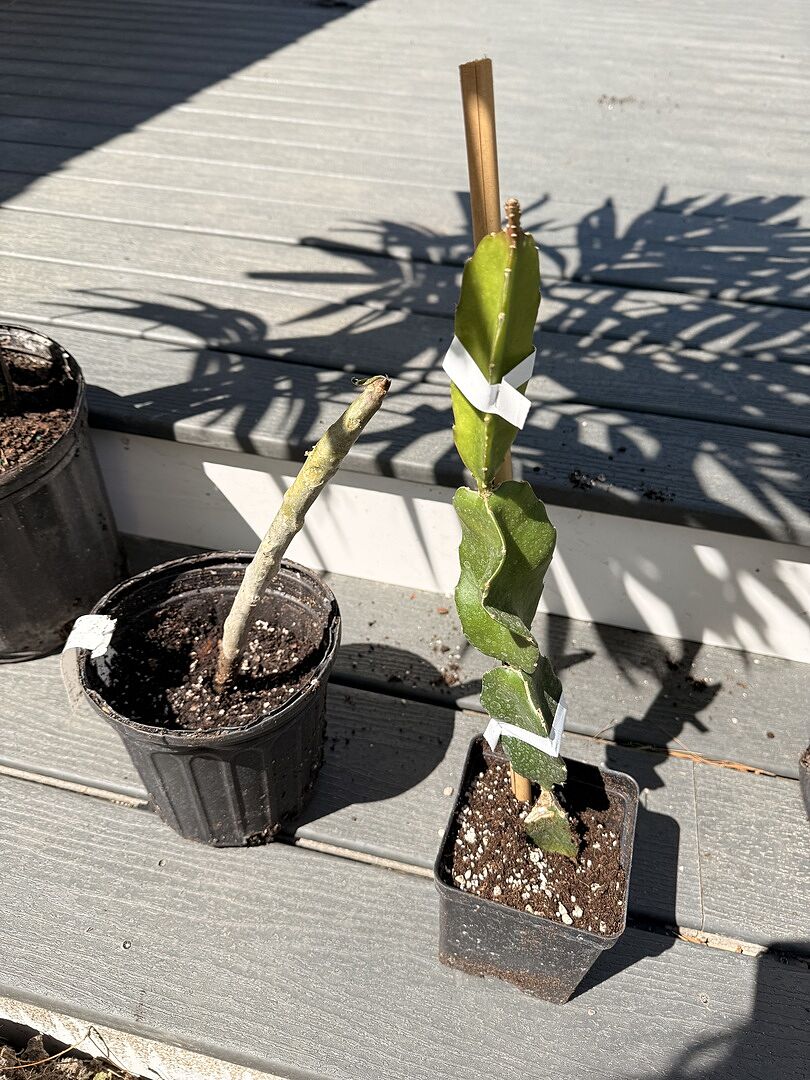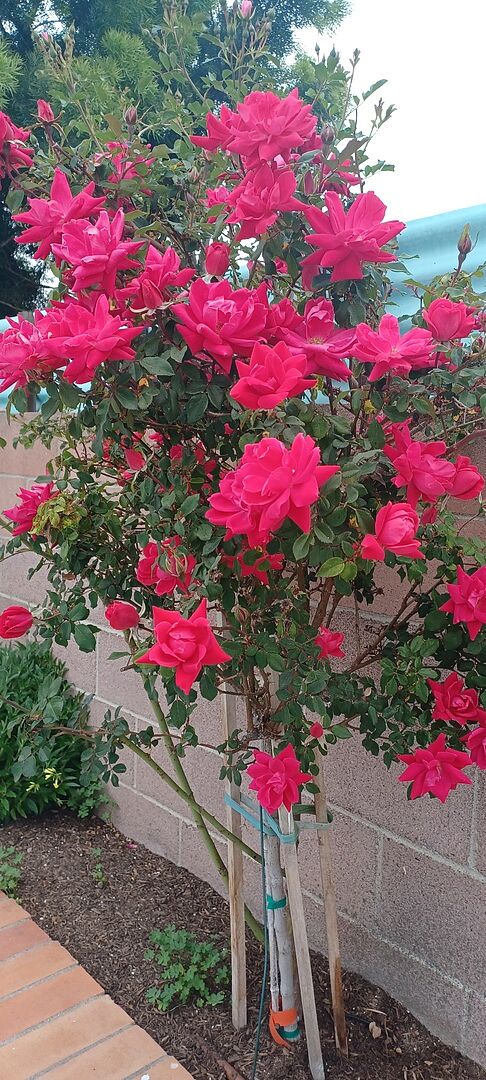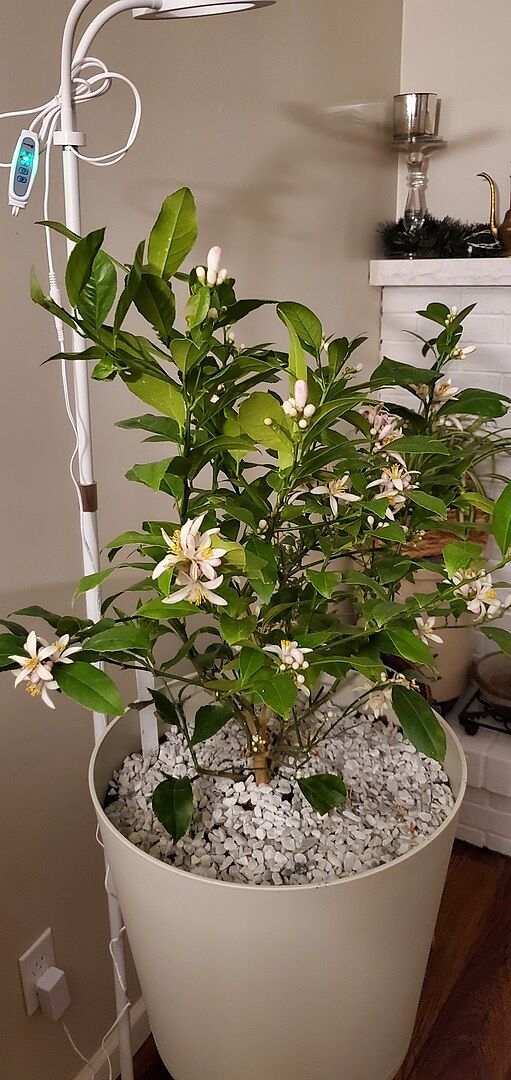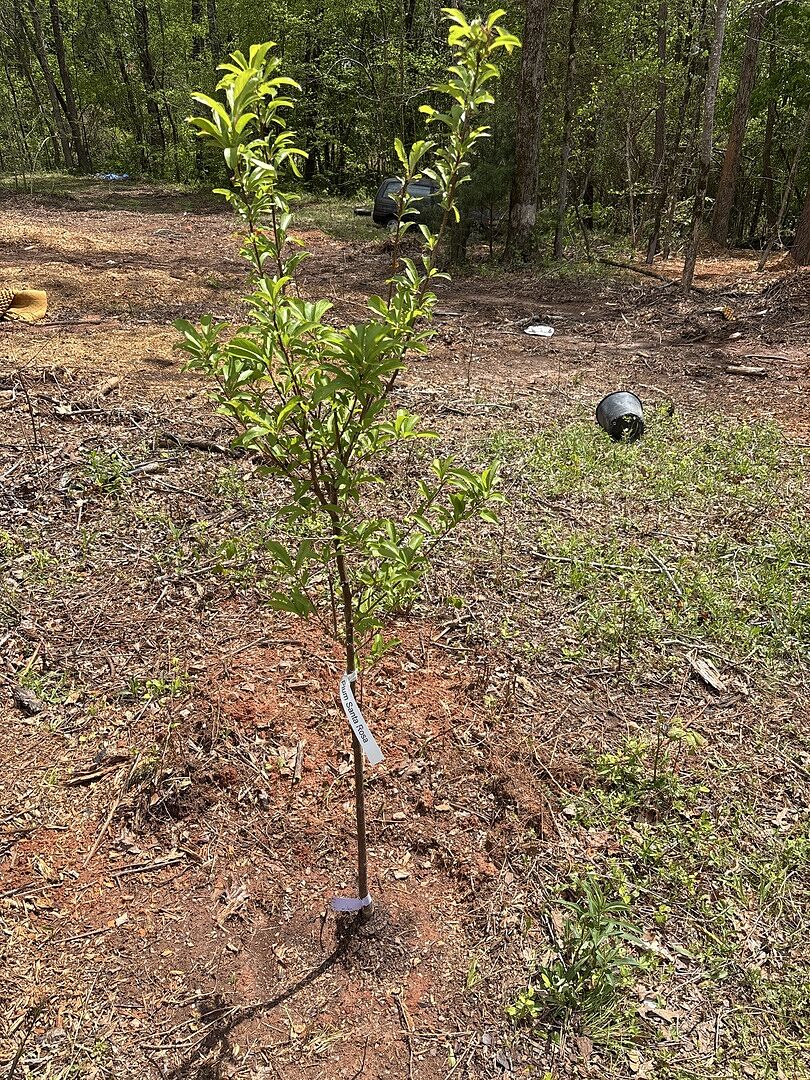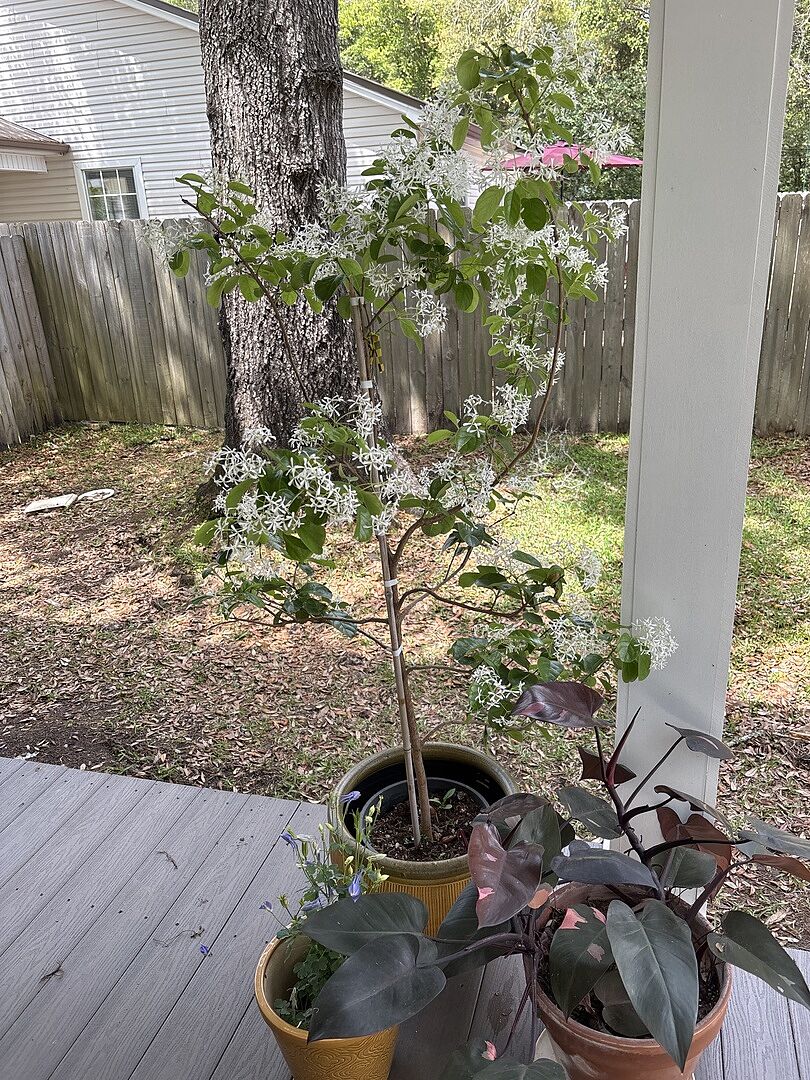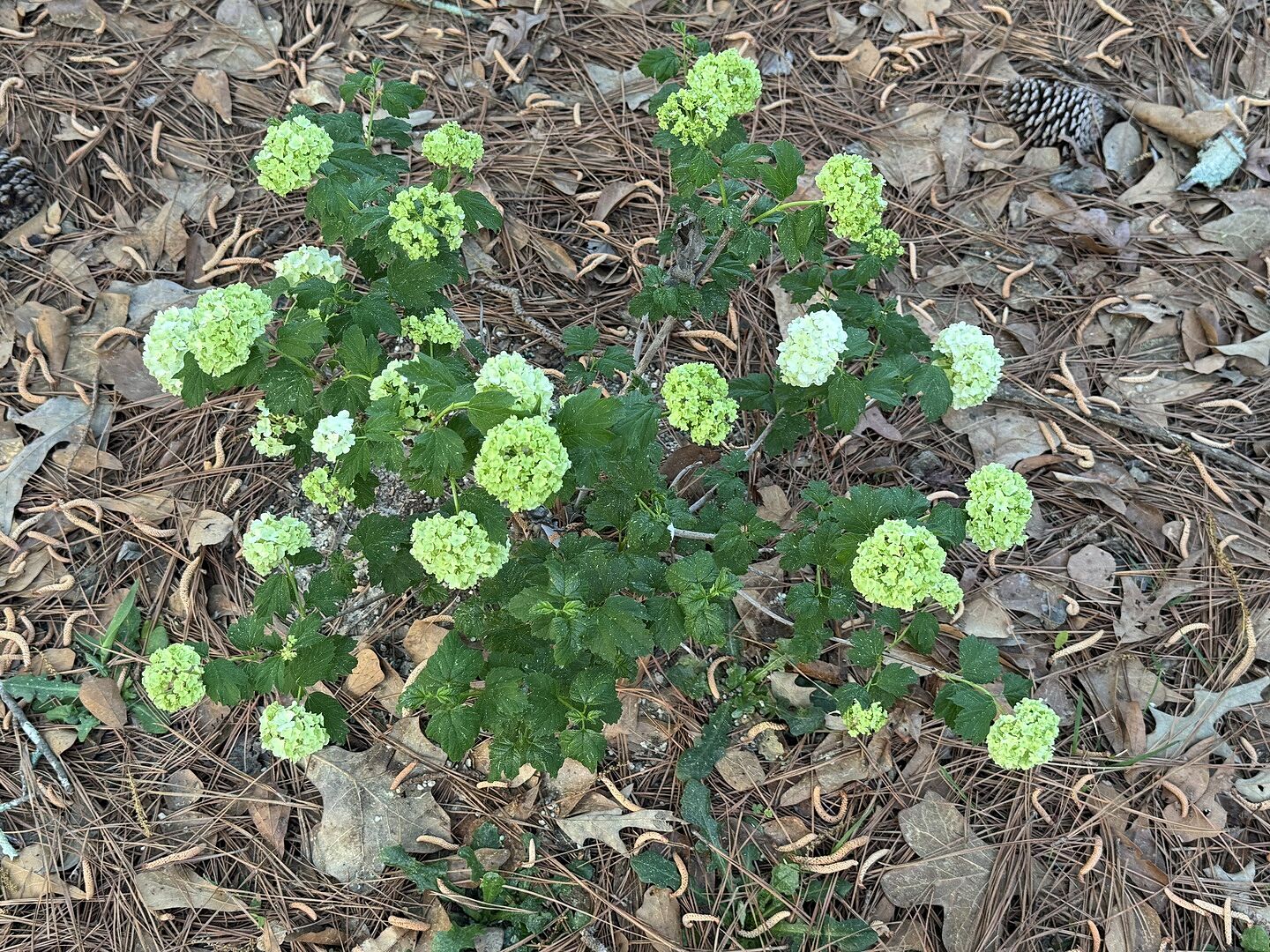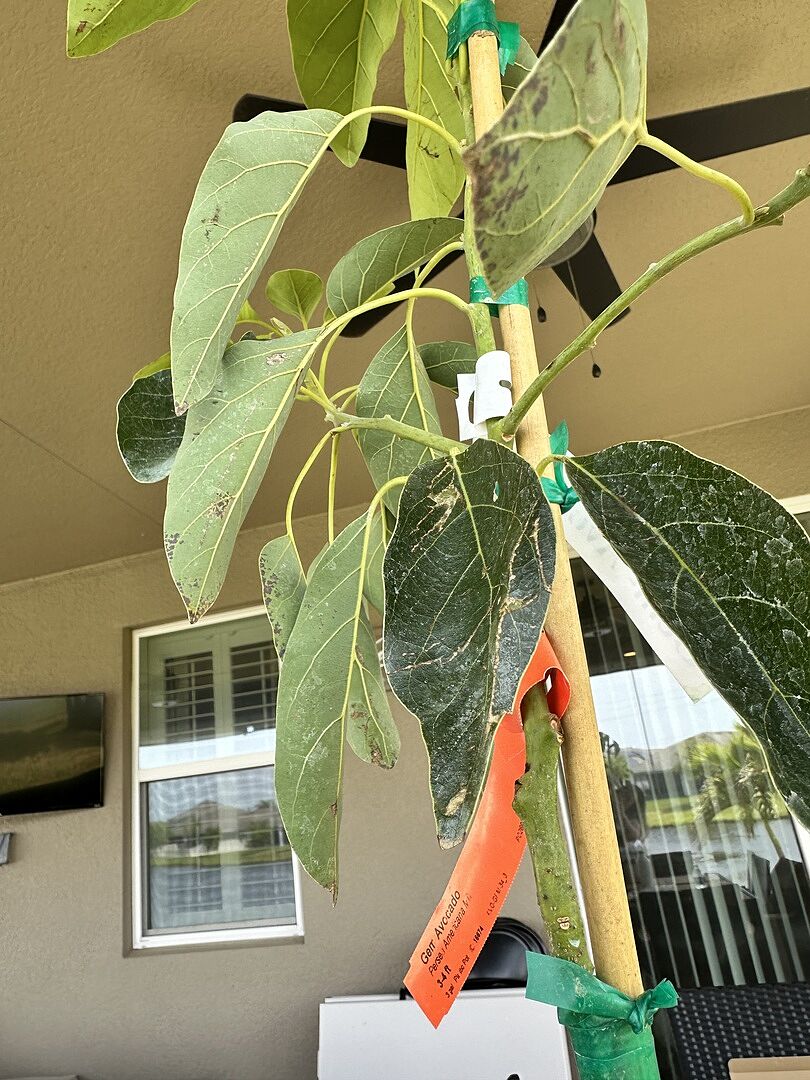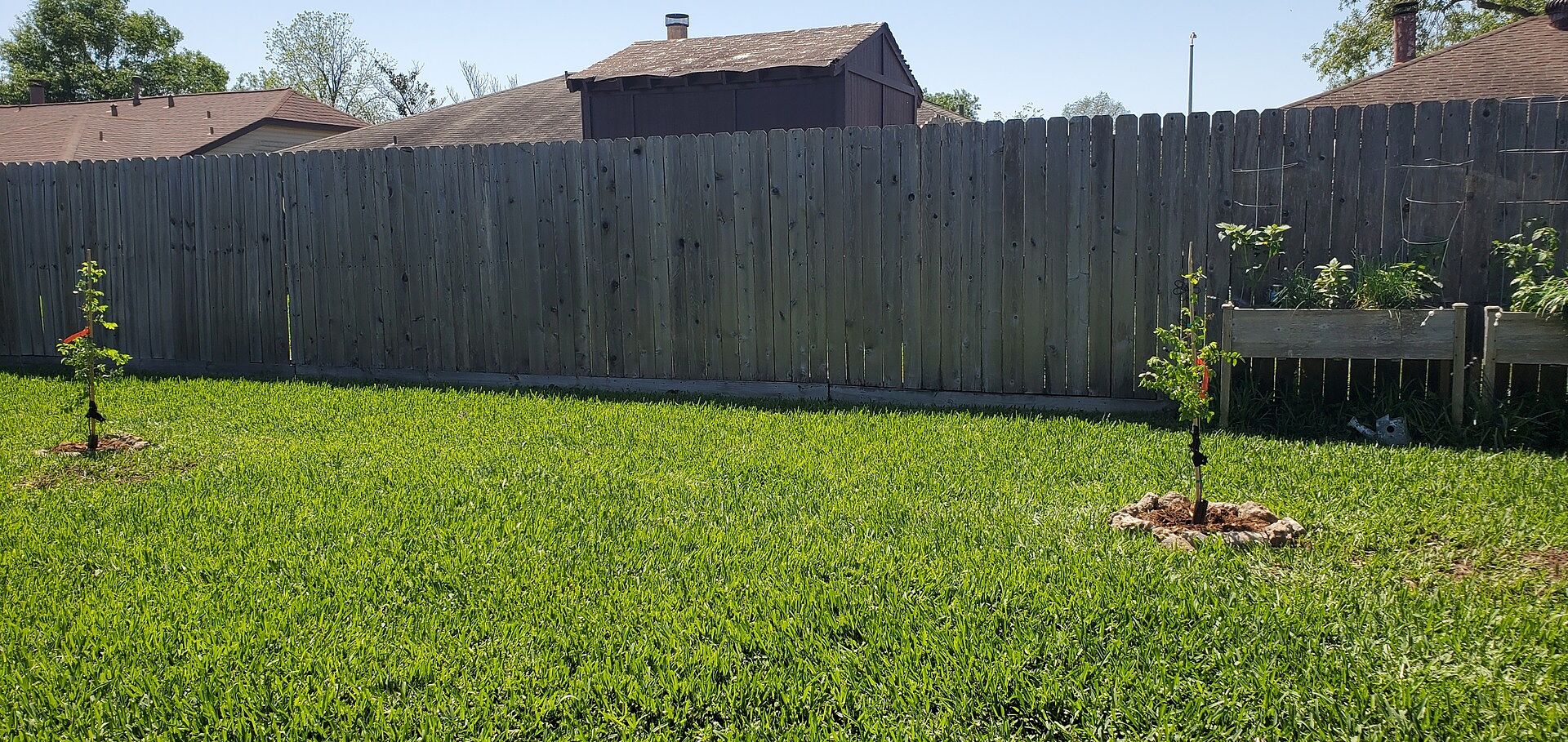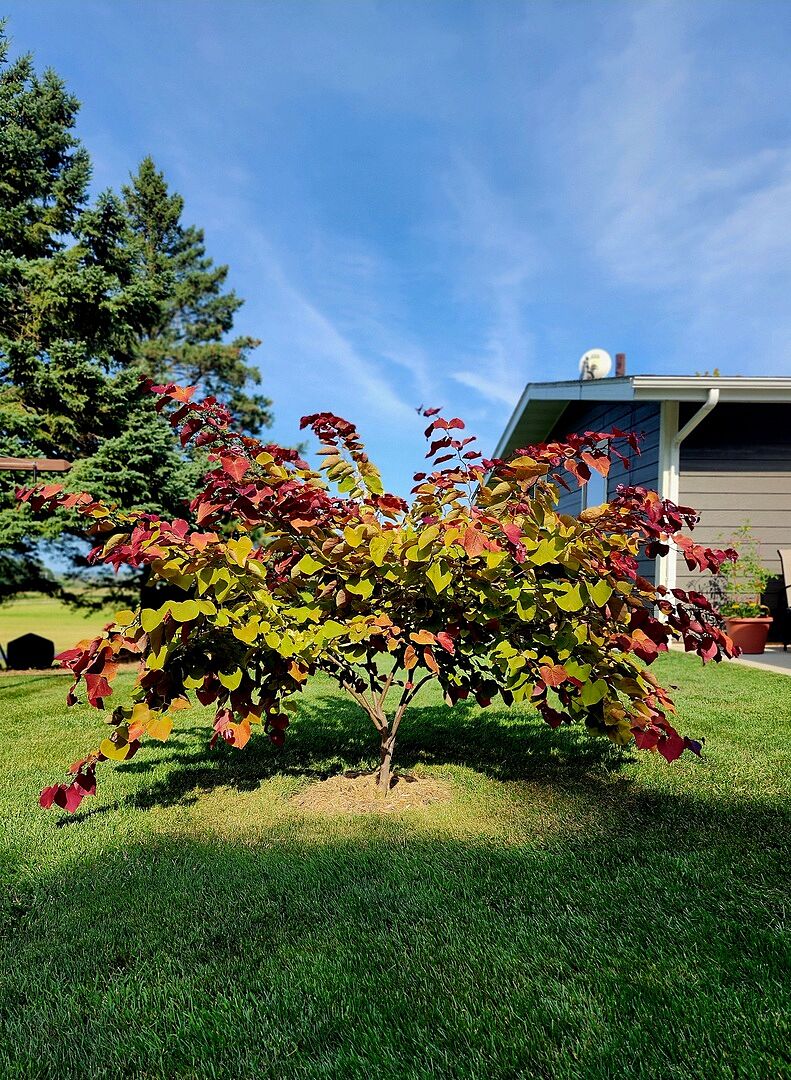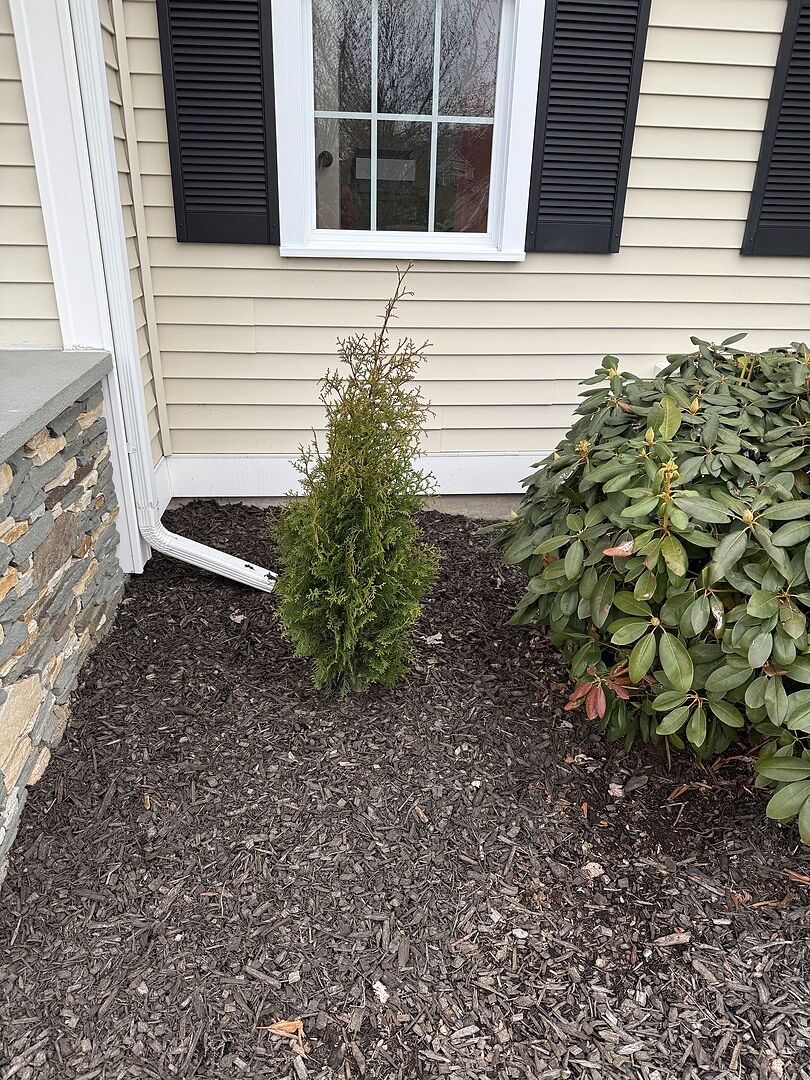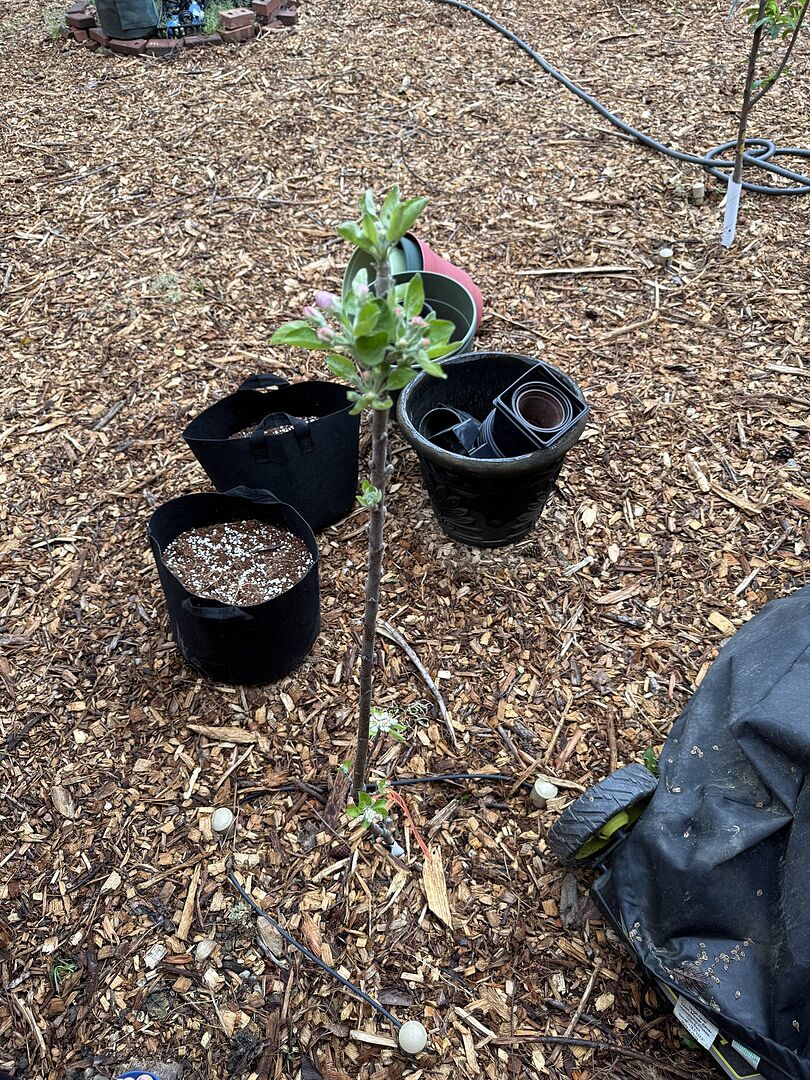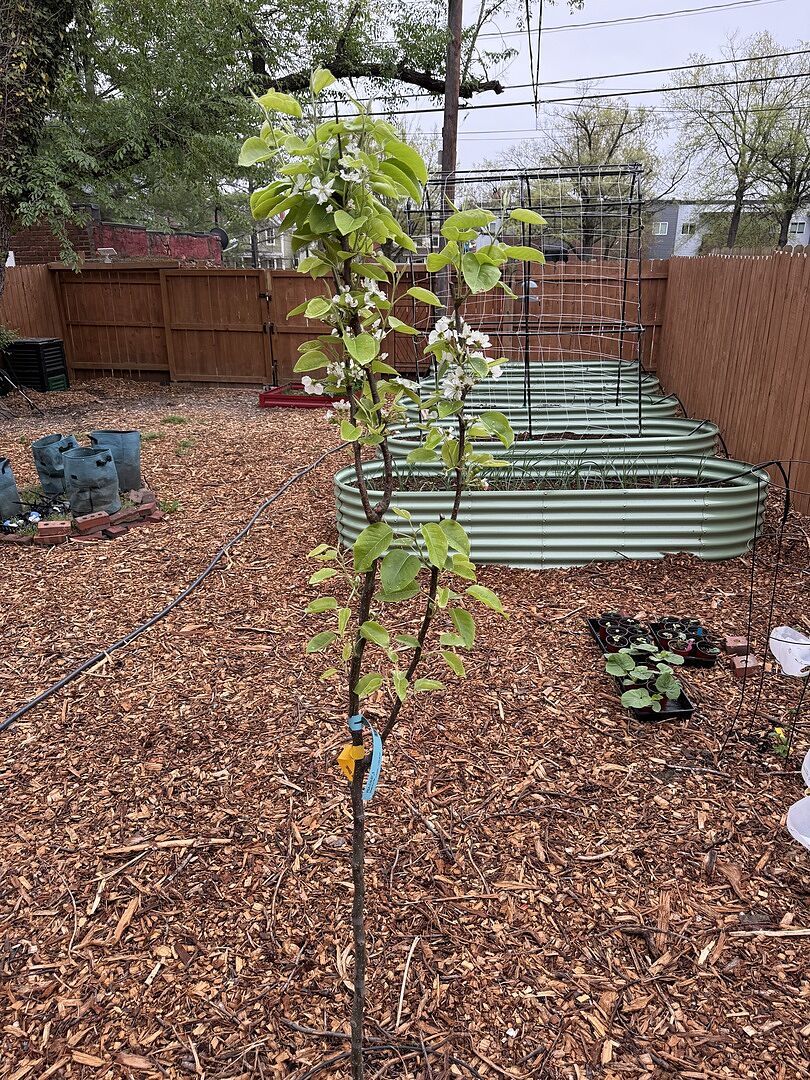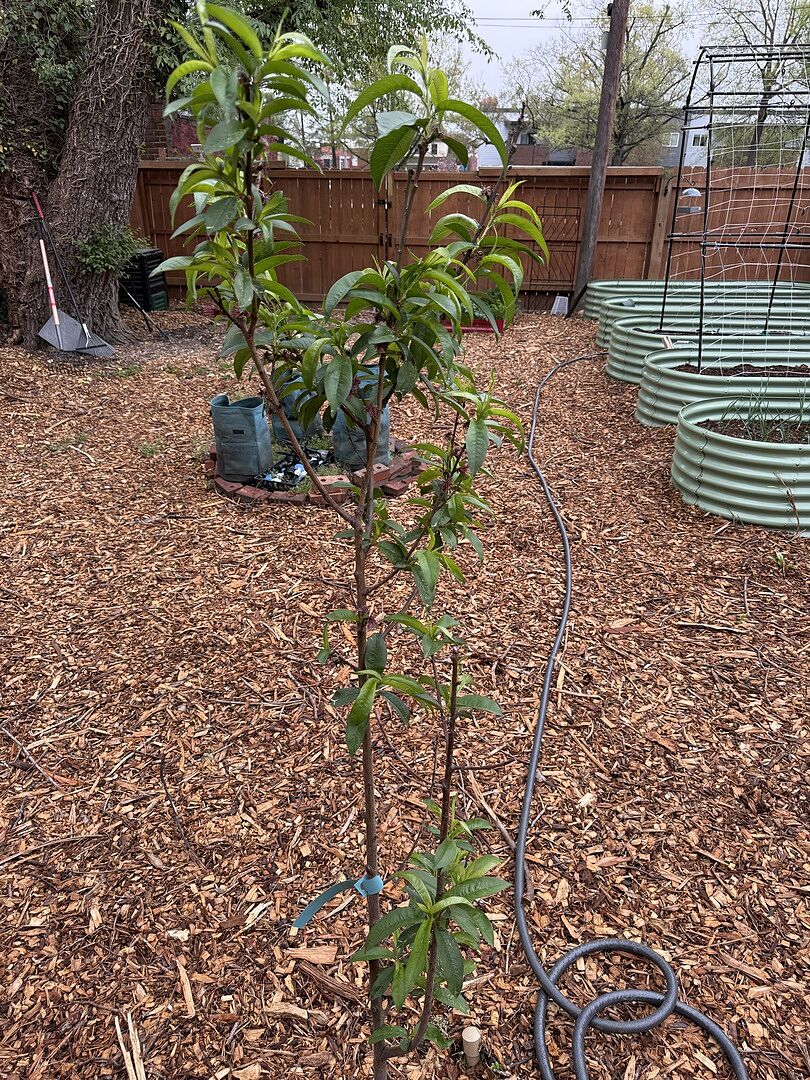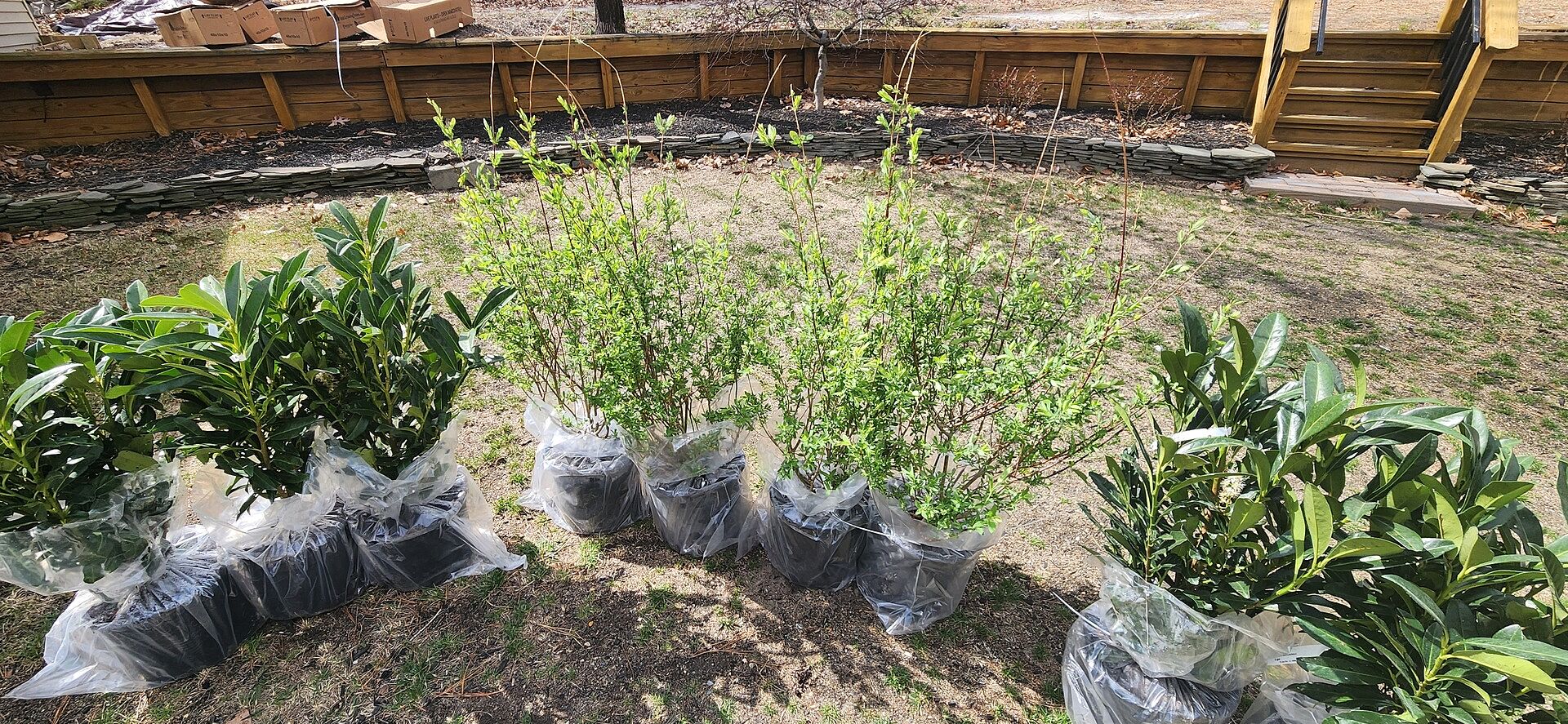Guide to Perennial Planting & Care

Last updated: Jan 10 2025

Springtime is for planting new varieties and giving your landscape a lift! With all the plants available out there, navigating them can get a little overwhelming. But don’t worry–we’re here to lend a hand.
Annuals and perennials are the two main plant categories you’ll come across when picking flowers for your yard. We’ll help you understand the difference between them, and then share expert tips for choosing, planting and caring for perennials for year after year blooms in your landscape!

Annual vs. Perennial
The classification of plants into annuals and perennials is based on the life cycle of the plant. Annual means yearly, and plants in this group go from seed to flowering all in one year. Some examples are pansies, impatiens, celosias, and sunflowers. All of these flowers last one growing season and die back once winter comes. If the flower dropped seeds during the growing season, you can expect the flowers to return next year, and the cycle starts again.
Perennials are plants whose life cycles last longer than one year. For example, if you started a perennial from seed, you’ll have to wait to get fruit or flowers until the following year. To help remember which one is which, remember that “per-ennials” are “per-sistent” year to year!
Perennials are a fantastic addition for your garden and are longer lived and oftentimes hardier than annuals. Plus, they add dimension to your landscape without the yearly upkeep that annuals require. Even better is that many perennials are sold already past their seedling stage, so you can enjoy the beauty they bring to your yard sooner than less mature plants.
- Peonies
- Geraniums
- Phlox: Blue Moon
- Carnations or dianthus: Firewitch & Scent First® Coconut Surprise
- Coneflower or echinacea: PowWow® Wild Berry & PowWow® White
- Bulbs like daffodils and daylilies
- Milkweed
Planting Perennials
The first step in adding perennials to your landscape is the prep work. Planning out your perennials includes finding a perfect location and selecting the mix of varieties you want to plant. Aim to have your plan in place by early spring, as this is the ideal time to plant. A burst of growth occurs in springtime, so planting right before or during spring capitalizes on that energy and helps your plants to establish themselves better. If you need help with planning, try our plant finder or chat with one of our plant experts!

Prepping the Soil
Everyone's soil is different and can even vary within the same yard. Look up the specific needs of your chosen perennials and study what kind of soil you have. Generally, perennial plants prefer well-draining and slightly acidic soil with even moisture. If you live in an area with heavy clay, we recommend mixing in some compost to aid in drainage and increase the fertility of your soil. For sandy soils, you can mix in some potting soil to the area. The amount of each additive will depend on what you started with, but aim for a light, fluffy texture that doesn't stay overly wet after it rains.
Arrangement
Perennials come in all shapes and sizes, and there are endless ways to arrange them in your landscape. Some gardeners space their perennials out so they can place trees, shrubs, or annuals in between to give a textured and layered look. This adds visual interest and depth, even in smaller yards. Other gardeners prefer planting their perennials all together in rows, hedges or borders. The style is really up to your preference and the layout of your landscape. And over time, your perennials will fill out, not needing replanting and requiring only some thinning and pruning over the years.

Planting
Once you’ve decided on the location and layout of your planting, it’s time to get digging! Planting your perennials is easy when you follow the right steps. The best time to plant them is in spring or the fall, but if you find yourself in summer with perennials not yet planted, don’t wait! Your plants will be much happier in the ground than out of it. And remember, most perennials can be moved, if needed, come fall. Follow the planting steps below, and you should be well on your way to a thriving perennial garden.
- To start, dig a hole that’s as deep as the container your plant came in and twice as wide. Your planting hole should be wider than it is deep, like a bowl (this allows the roots to establish more easily).
- Mix any starter fertilizer or amendments into the soil, making sure to keep the size of your planting hole the same. Break up any large clumps of soil that you see.
- Gently take your plant out of the container by grasping at the base and lightly squeezing the pot.
- Tease apart any roots that might be clumped together or circling from being in the container by taking your hand and lightly massaging the rootball. It's okay to break a few roots if needed, but try to limit the damage to the large, main roots if possible.
- Position your plant in the ground, making sure to spread the roots outwards and ensuring that the plant is at the same depth as it was in the container–placing it too deeply or too shallowly in the ground will stress the plant out.
- Backfill the hole with your soil, being sure to not leave any air pockets. A helping hand might be useful at this step so that one person can hold the plant in position while the other backfills.
- Gently tap down the soil with your hands so that the plant is snug but not compacted. Your plant should be able to sit in the soil straight without additional support and not move when watered.
- Water the area well, around 3 inches down, to help establish the roots.
- Finally, add mulch or another groundcover (straw, weed cloth, etc.) to help keep weeds suppressed and retain moisture. Your groundcover should be 3 inches away from the base of the plant and around 2-3 inches thick.

Caring for Perennials
Of course, after you plant your perennials, the work isn’t done! Your plants will require some further care to keep them thriving. Ensure the health of your plants by providing the best upkeep throughout the year. To make it easy, we’ve broken down important care info, season by season:
Spring
- Divide, or split up, any plants in early spring. Most perennials will need dividing every couple of years. You’ll know it's time to do so when your planting area begins to look crowded. Peonies, bleeding hearts and poppies are all examples of flowers that don’t need or like dividing. Research your particular plant to determine the right way to divide it.
- Plant any perennials that you wish to add to your garden during spring, as the rain and moderate temperatures this time of year will help them establish with little work on your end.
- Start fertilizing old and new plants–spring is when they’ll begin growing, so giving them a little boost will start them off strong.
- Stake any flowers that need extra support, like peonies, to avoid floppy stems once in full bloom.
Summer
- Weed planting beds to avoid unnecessary competition and to promote healthy growth.
- Keep the soil consistently moist but not overly wet. As the summer temperatures heat up, avoid drought-stressing your plants by providing water as needed when the weather is dry.
- Deadhead any flowers that are finished blooming before they start to produce seeds. Preventing the flowers from producing seeds will divert the energy to the roots and result in more blooms and growth next season.
- Keep the foliage happy by inspecting it from time to time, making sure no pests or fungus are present.
Fall
- Plant any perennials that you missed in spring or add any new ones to overwinter in the ground.
- Prune any perennials at this time for shape and health. The first frost often kills off the remaining foliage. If this is the case, cut flowers like herbaceous peonies and daylilies to the ground–don’t worry, they’ll come back in the spring!
- Apply or re-apply mulch to areas that need extra winter protection before temperatures get very cold.

Winter
- Protect your plants from below-freezing temperatures by using a frost blanket, like our Planket™, or a layer of mulch. Remove the blanket or mulch when the danger of freezing temperatures has passed.
- Insulate container planted perennials by wrapping a frost blanket around the base, or bring the container to a protected location like a garage or near a brick wall.
- Place flags or other markers in the soil to remember where you planted. This is especially helpful if you live in an area with high snowfall.
- Leave the snow be. Snow insulates the ground and provides needed moisture after it melts, so don’t be in a hurry to remove it from your planting area. Perennials are happier with the layer of snow than without it.

Planket™ Frost & Cold Protection
Planting perennials is a great way to add color, diversity and life to your landscape. Most perennials are long-lived, and with the proper planting and care, they should continue to thrive in your garden, providing endless joy. Just follow our tips and tricks above, and you should be set. Happy perennial planning and planting!
Looking for the perfect perennials to add to your garden? Just check out our impressive Perennials Collection.

Written by
Meredith Gaines
Meredith's love for plants started at a young age, and only grew when she started working in the Desert Exhibit at the South Carolina Botanical Gardens and the Historic Filoli Estate in the Bay Area. After graduating from Clemson University (GO TIGERS!) with a degree in Biology and Horticulture, she found her niche in the FastGrowingTrees.com family as a horticulturist and has grown in her current role as Senior Plant Expert.
She currently resides in her hometown of Charlotte, North Carolina, and enjoys spending any time she can outdoors. She learns new things about plants every day and loves sharing her plant knowledge and tips with those around her. Her favorite plant is constantly changing, but her long-time favorites are peonies, oak trees, and ferns.
Featured Product

Russian Sage
18 reviewsStarting at $41.95









































